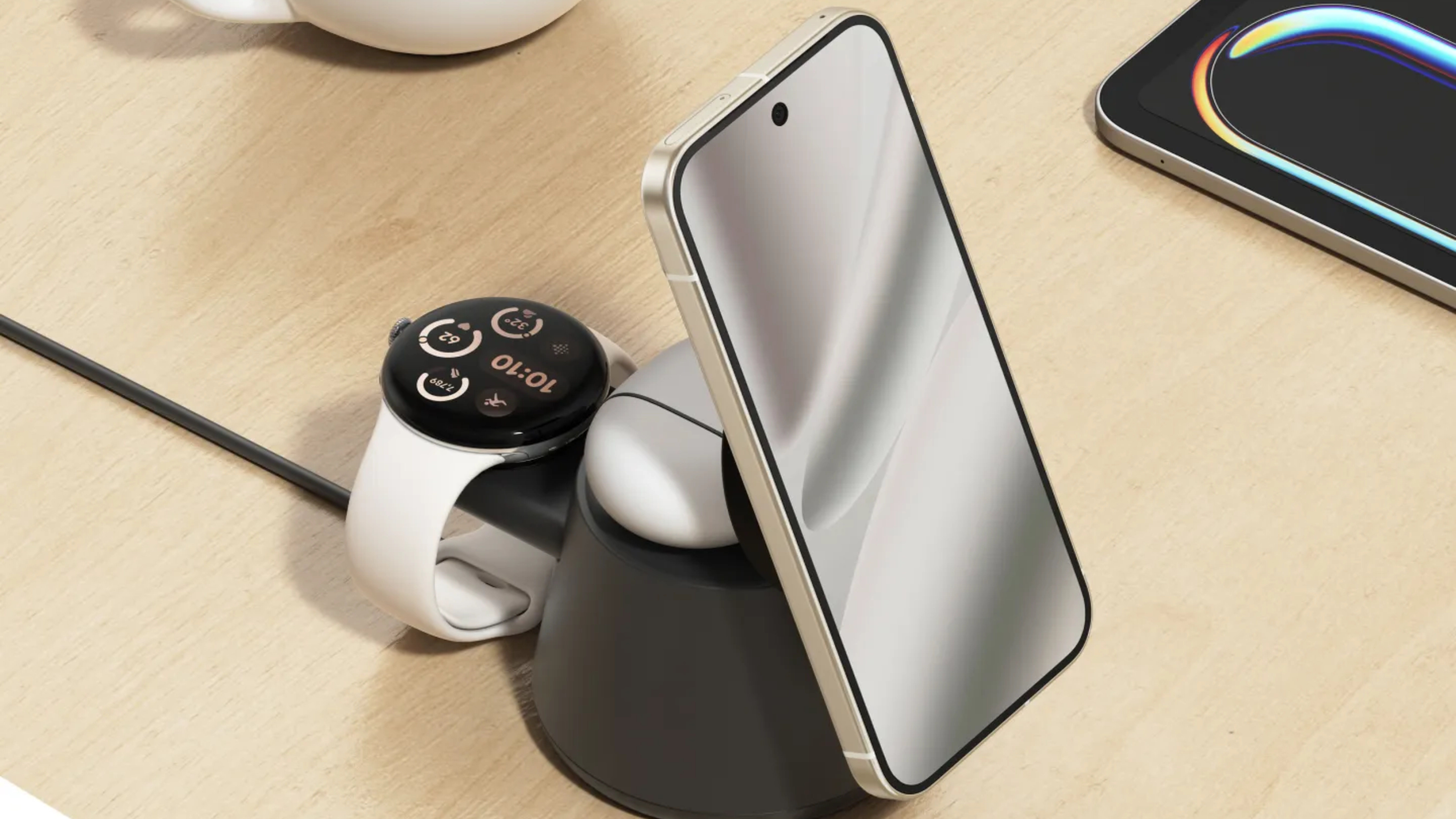Android Central Verdict
The premise of the Watch 2 is very interesting: it runs Wear OS 4, but you also get an energy-efficient RTOS that delivers better battery life than any other smartwatch to date. There are other niceties — the design is elegant, the large AMOLED screen gets very bright outdoors, the watch has dual-band GPS, and the chassis is built to last. While the ability to access the Play Store is great, the Watch 2's reliance on RTOS to do most daily tasks means it isn't as good at activity tracking or notification management as a regular Wear OS smartwatch. I can't help but feel that OnePlus was too ambitious for its own good, and just going with Wear OS 4 instead of a dual-system design would have made the smartwatch more enticing.
Pros
- +
Premium stainless steel design
- +
Standout battery life
- +
Large 1.43-inch AMOLED with 60Hz refresh
- +
Includes both Wear OS and lightweight RTOS
- +
Dual-band GPS
- +
IP68 ingress protection, 5ATM resistance
- +
32GB of internal storage
Cons
- -
Only one case size, no LTE model
- -
Crown isn't usable
- -
Inconsistent activity tracking
- -
Notification and DND issues
Why you can trust Android Central
OnePlus ventured into a lot of new segments over the last 18 months, and while there were teething issues along the way, the products in question have all been great. The OnePlus Open in particular continues to be a magnificent foldable, and the Pad and Pad Go are decent mid-range tablets that deliver a good value.
The missing piece of the puzzle is wearables, and OnePlus has a chequered history in this area. The manufacturer rolled out the OnePlus Band at the start of 2021, and it was just a rebranded OPPO Band with limited software features and poor battery longevity. The OnePlus Watch launched a few months down the line, and it too was half-baked — it didn't have any third-party app integration, the software was laughably bad at launch, and it didn't have basic features.
OnePlus is looking to redeem itself in 2024 with the introduction of the Watch 2. The Chinese manufacturer says it went back to the drawing board to design a wearable from scratch, and at the outset, the Watch 2 is highly intriguing. It is powered by the Snapdragon W5 and runs Wear OS 4, but it also has a BES2700 chipset that facilitates RTOS.
The dual-chip system is interesting as it gives the Watch 2 the best of both worlds — you get the power and versatility of Wear OS, and the efficiency that's inherent to RTOS. To that effect, OnePlus is touting the best battery life of any wearable, stating that the Watch 2 will last 100 hours between charges.
While this is OnePlus's first effort at a dual-chip design, its parent company OPPO went a similar route two years ago with the Watch 3 Pro, using the W5 chipset alongside an Apollo 4 Plus module. That smartwatch never made it outside China, and it ran ColorOS instead of Wear OS, but it served as the foundation for the Watch 2.
Did OnePlus finally crack the wearable puzzle, and is this the shining moment for Wear OS as a whole? I switched out the Apple Watch Series 9 for the OnePlus Watch 2 for a week, and here's what I think of the smartwatch.
OnePlus Watch 2: Pricing and release date

OnePlus unveiled the Watch 2 at a launch event at Mobile World Congress on February 26, and the smartwatch will go up for sale globally starting March 4. The Watch 2 retails for $299 in the U.S. and $399 in Canada, and it will be available on OnePlus's website as well as Amazon.
Get the latest news from Android Central, your trusted companion in the world of Android
OnePlus is rolling out launch offers until March 31 where it will offer $50 off the Watch 2 when you trade in any smartwatch in any condition on its website. In India, the Watch 2 will be available for ₹24,999 ($301) — the same as what it sells for in North America.
OnePlus Watch 2: Design

OnePlus always had a strong design foundation, and that is reflected in the Watch 2. The smartwatch has a stainless steel chassis that looks every bit as elegant as the best Android smartwatches, and OnePlus says it used the same styling as the OnePlus 12. The 47mm case is large by any watch standard, and it definitely grabs attention. What I like is that the design is in line with the camera island on the OnePlus 12, and it's evident that both devices have the same design identity.

The Watch 2 is available in Black Steel and Radiant Steel color options, and the latter in particular pairs very well with the Flowy Emerald variant of the OnePlus 12. The asymmetrical button configuration on the side is inspired by vintage automobiles, with OnePlus using a rotating crown at the top and an action button below. The button is used to launch workout modes by default, but it can be customized.
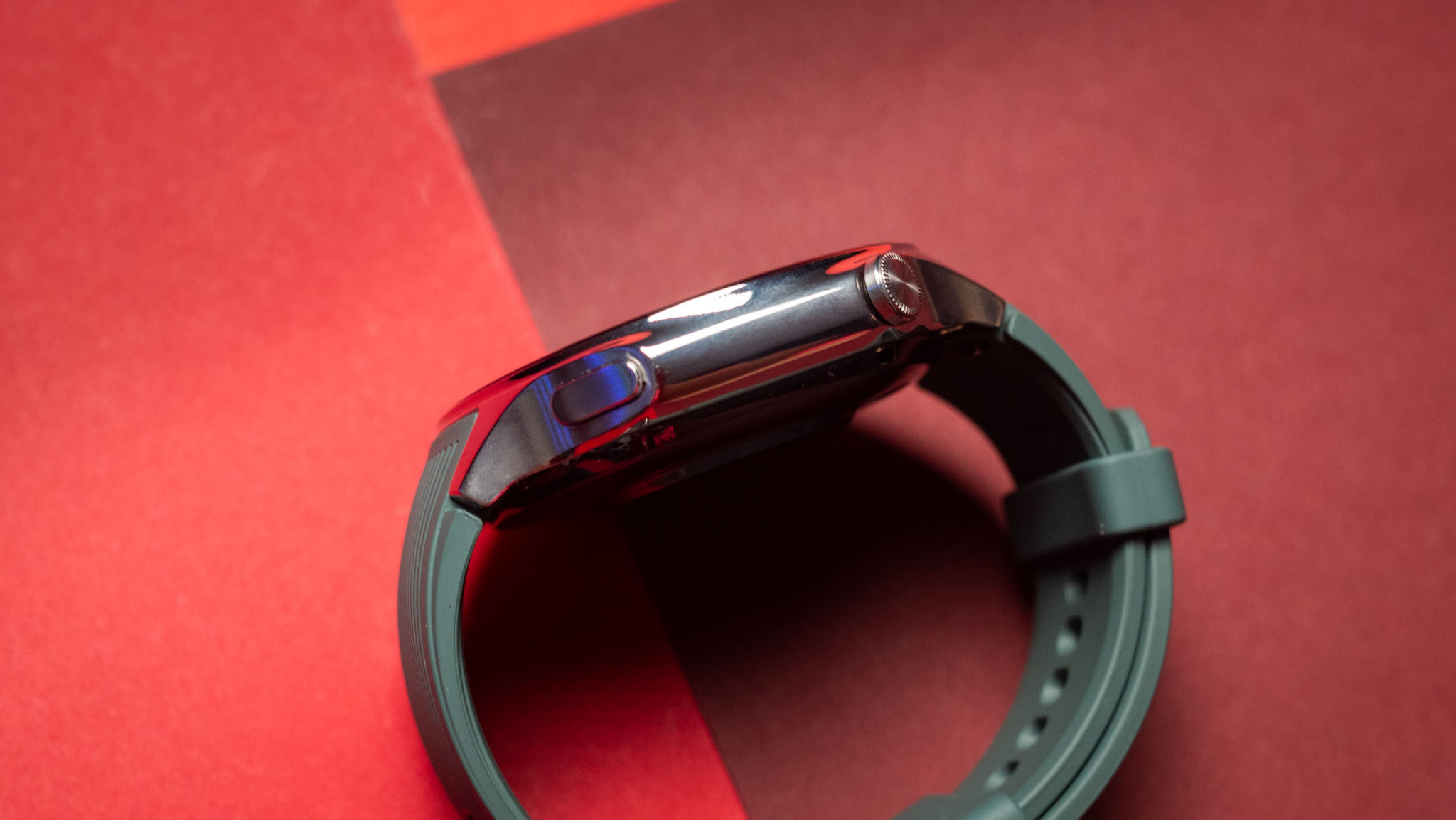
I was intrigued by the presence of a crown, but it is purely for aesthetics, and you can't actually use the digital crown to navigate the interface. That's clearly a missed opportunity, and I would have liked the ability to use it to scroll through apps. The chassis has a brushed metal design that looks great, and the bundled band is made out of standard fluoro-rubber.
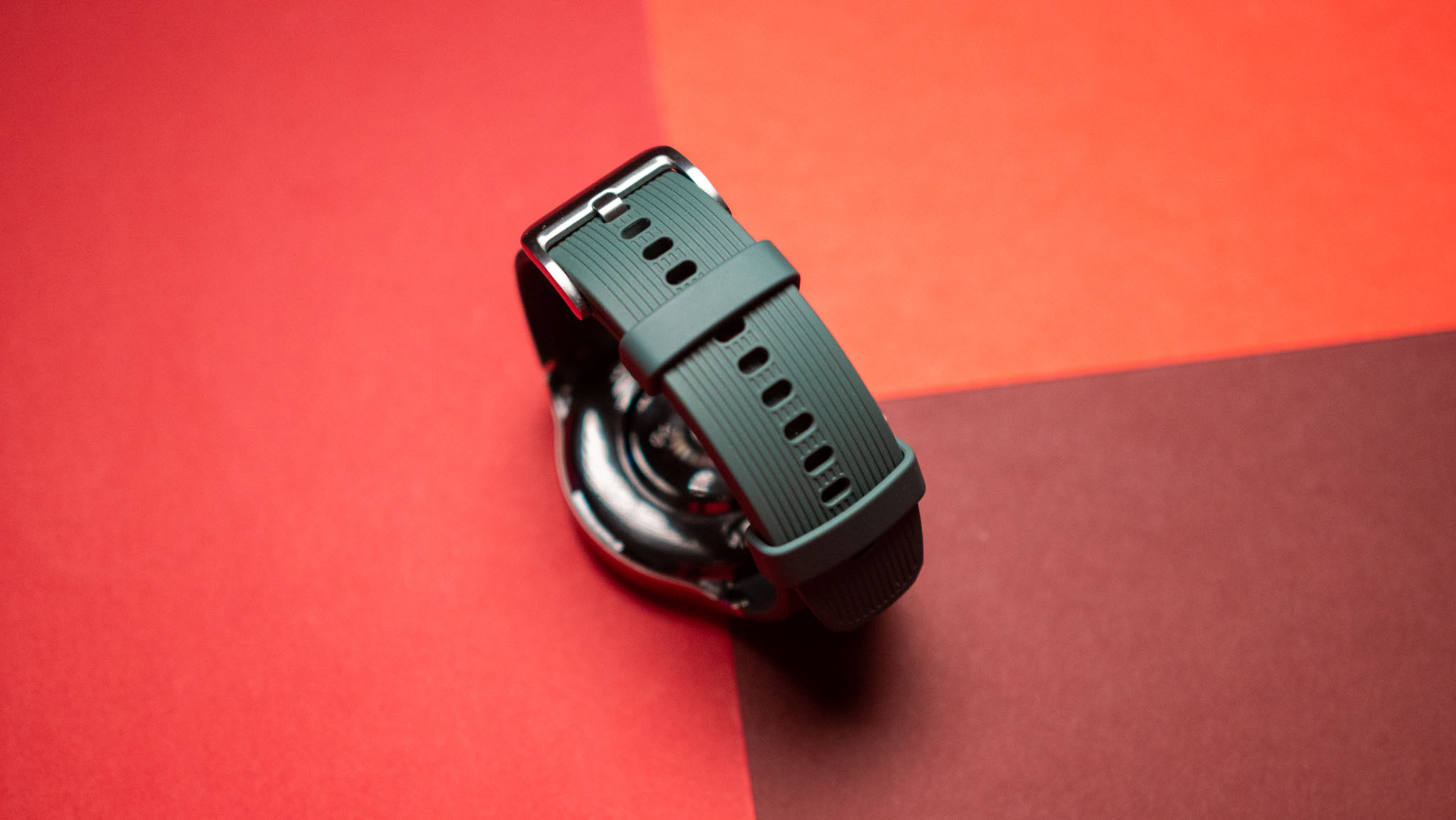
The band doesn't quite have the same quality as the chassis, but it secures via a steel buckle, and there's plenty of adjustability. On the subject of bands, OnePlus isn't rolling out any custom options, but as the watch uses standard 22mm lugs, you can easily switch out bands and use your own without any issues.

What isn't so great is the sizeable bezel around the screen, and although you get a large 47mm case, the watch has a 1.43-inch screen. While most brands have two different sizes, the Watch 2 is sold in a single variant with a 47mm case, and it is designed for large hands — it almost makes the 45mm Series 9 look small.
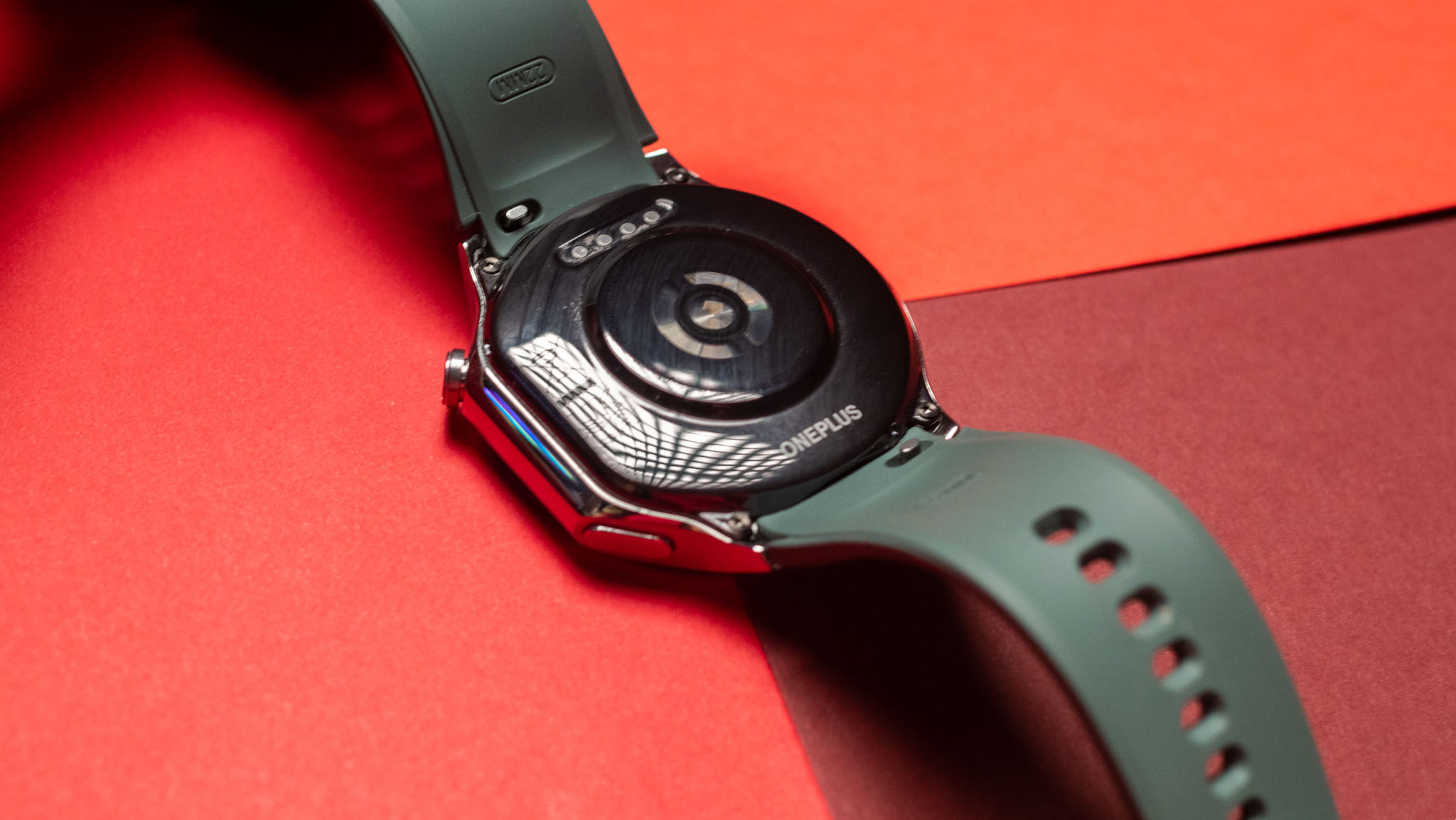
The Watch 2 has a good heft to it, and doesn't feel light — unlike budget-focused smartwatches. The casing comes in at 49g without the band, and the band adds another 31g, bringing the total to a very manageable 80g. The watch has 5ATM water resistance as well as an IP68 rating, and it conforms to the MIL-STD-810H standard for durability.
Clearly, durability isn't a problem with this smartwatch, at least when it comes to the chassis itself. OnePlus did all the right things with the design, and the Watch 2 ends up looking classy and distinctive — if a bit large and bulky.
OnePlus Watch 2: Display

OnePlus outfitted the Watch 2 with a 1.43-inch AMOLED panel with a resolution of 466x466, and the 326ppi pixel density is more than adequate on a smartwatch. The screen has good brightness levels, and I didn't see any issues even under harsh sunlight.
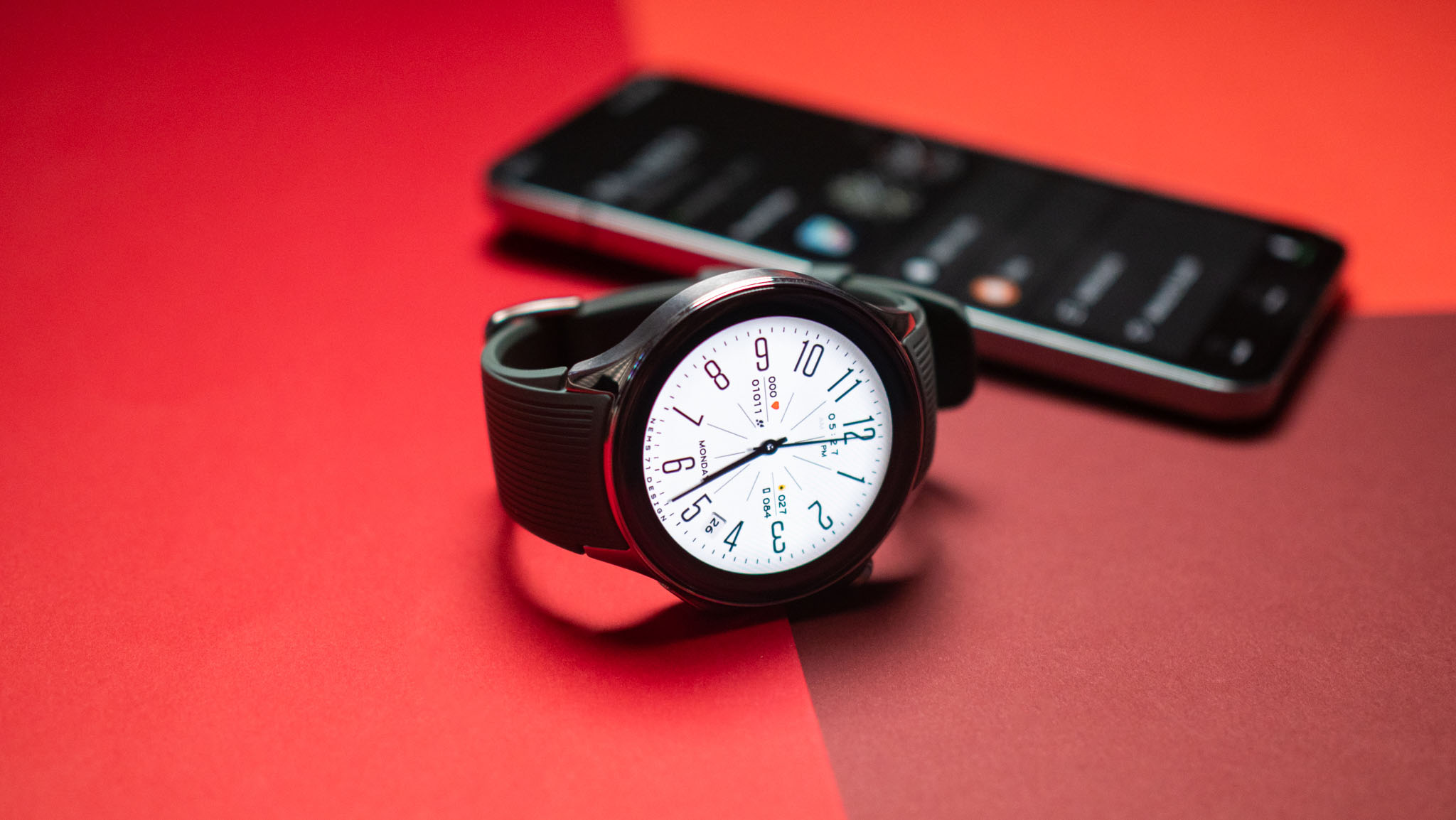
The panel is covered by a layer of 2.5D sapphire crystal, and it ensures a good level of resilience in daily use. I wasn't able to put it to the test in the week I used the Watch 2, but I have no doubt that will change.
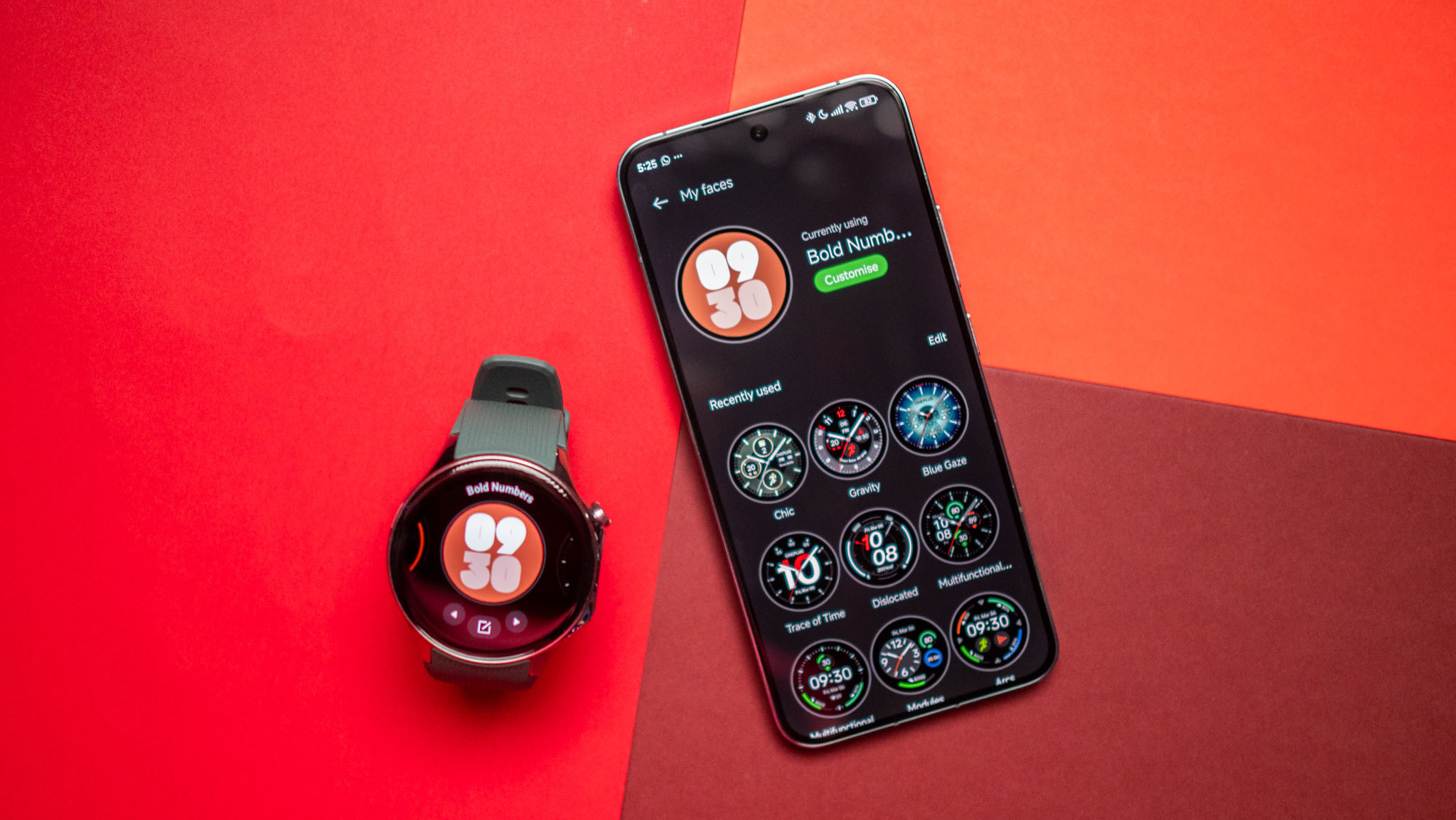
You get 19 watch faces installed out of the box, and they're strictly average. You get limited customizability with the included watch faces, and other than being able to change the color — made more difficult by the lack of a crown — you don't really get much. The always-on mode is decent enough in its own right, thankfully, and you can install your own watch face from the Play Store or use Facer, and I went with the latter most of the time.

The only problem is that if you use a custom option like Facer, it drains the battery quite significantly, to the point where you don't get over a day's worth of use. This ultimately limits the customization potential of the smartwatch, so if you like using custom watch faces, know that you'll be limited to the same battery life as most Wear OS smartwatches.
OnePlus Watch 2: Hardware

The key differentiator with the Watch 2 is that it uses a dual-chip design, with the Snapdragon W5 handling Wear OS tasks, and the 12nm Bestechnic BES2700 running RTOS and all the sensor logging and activity monitoring. The interface is fluid — as you'd imagine with the hardware — and you don't really notice the switchover between the BES2700 and W5.
OnePlus likens the dual-system design to a hybrid sports car that has a battery-powered motor that augments a traditional engine, but that analogy is fundamentally wrong. If anything, the Watch 2 is more like a Nissan Leaf with a V8 in the boot that kicks into action sporadically.

The Watch 2 has an accelerometer, gyroscope, optical heart rate sensor that can be enabled to run 24/7, SpO2 monitoring, geomagnetic sensor, ambient light sensor, and a barometer that tracks elevation changes. The marquee addition here is dual-band GPS, and this lets you use the smartwatch on outdoor runs.
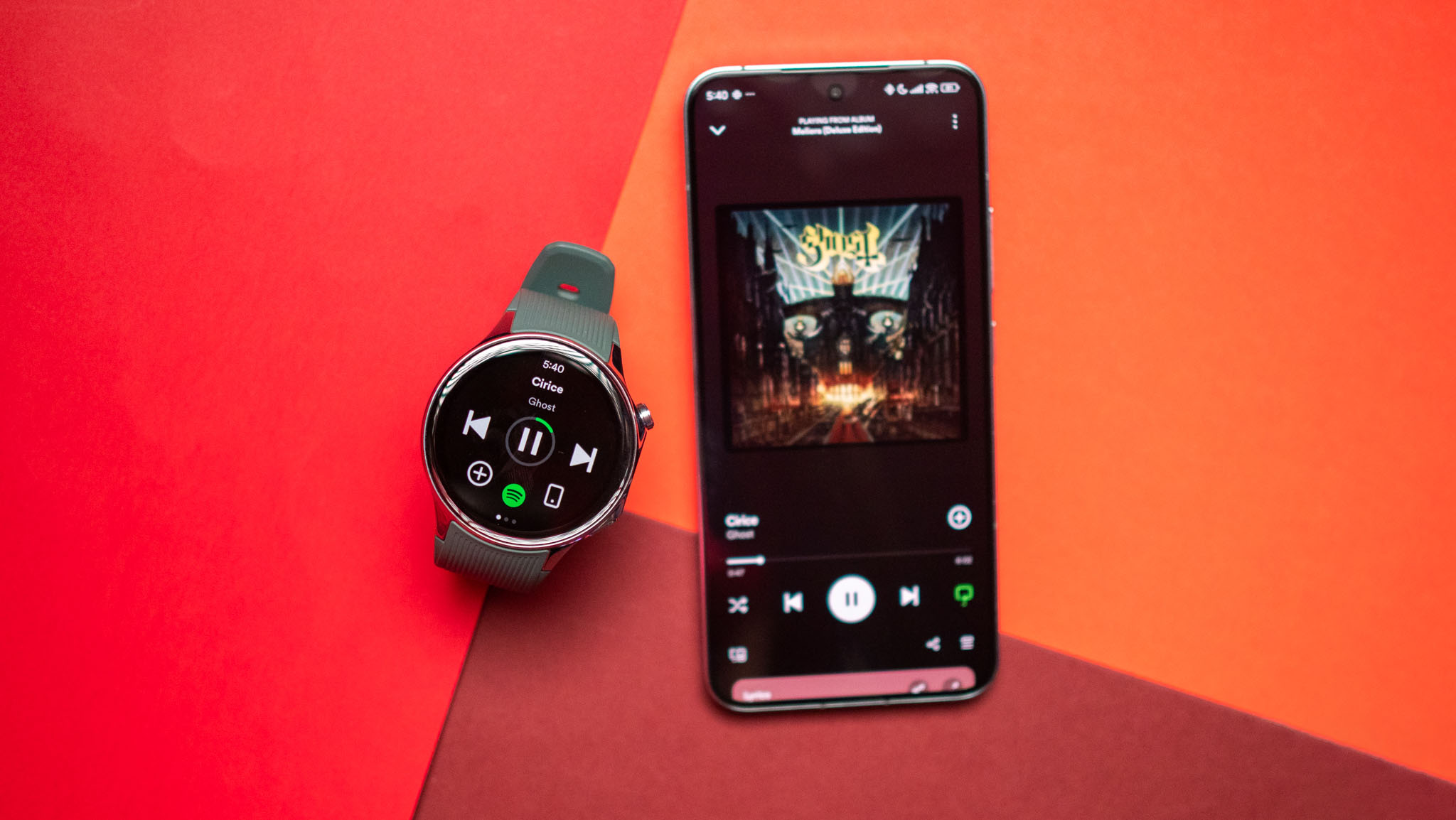
RTOS does most of the heavy lifting in daily use, like handling notifications and incoming calls, and tracking activity throughout the day. The default Smart mode gives you the ability to access the Play Store and install third-party apps, and this is when the W5 comes in handy.
There's a Power Saver mode that only runs RTOS, so you don't get the ability to access third-party apps — the W5 is disabled in this mode. You still get notifications and call alerts, but you're limited to using the default OnePlus apps built into RTOS. Using this mode lets you extend the battery by up to 12 days, but in real-world use, you'll likely get a week's worth of use.
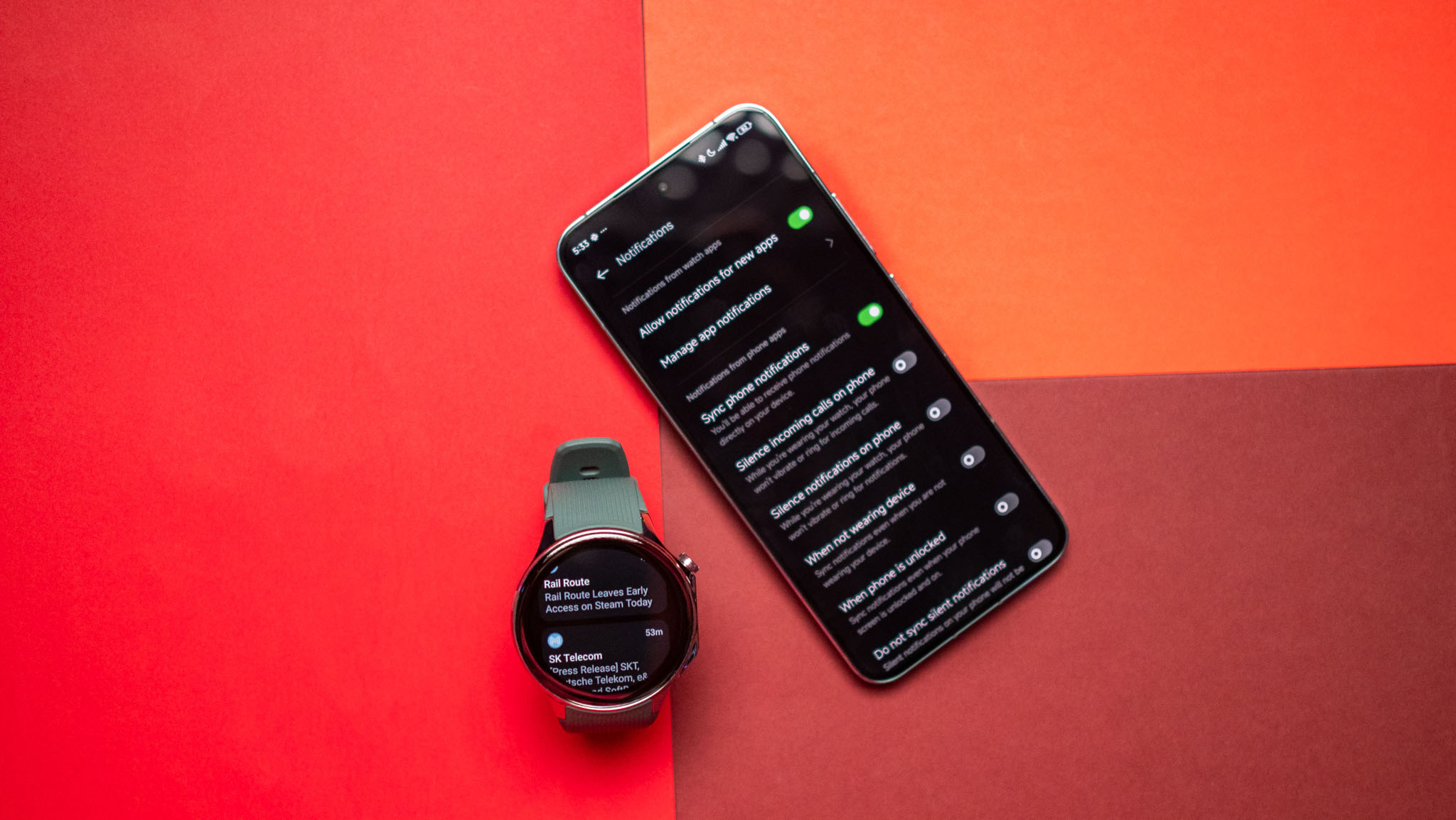
Rounding out the hardware, the Watch 2 has 32GB of internal storage along with 2GB of RAM, and if you want to, there is the possibility of putting songs locally on the smartwatch and streaming them to Bluetooth earbuds.

The biggest downside is that there isn't an LTE-enabled version of the Watch 2. OnePlus says it made the decision to not launch a cellular version as sales of these models are usually lower than that of the standard Wi-Fi variants, so there won't be one in the future. That's a letdown considering most of the smartwatch's immediate rivals offer an eSIM variant, and this puts it on the backfoot.
OnePlus Watch 2: Software and real-world use
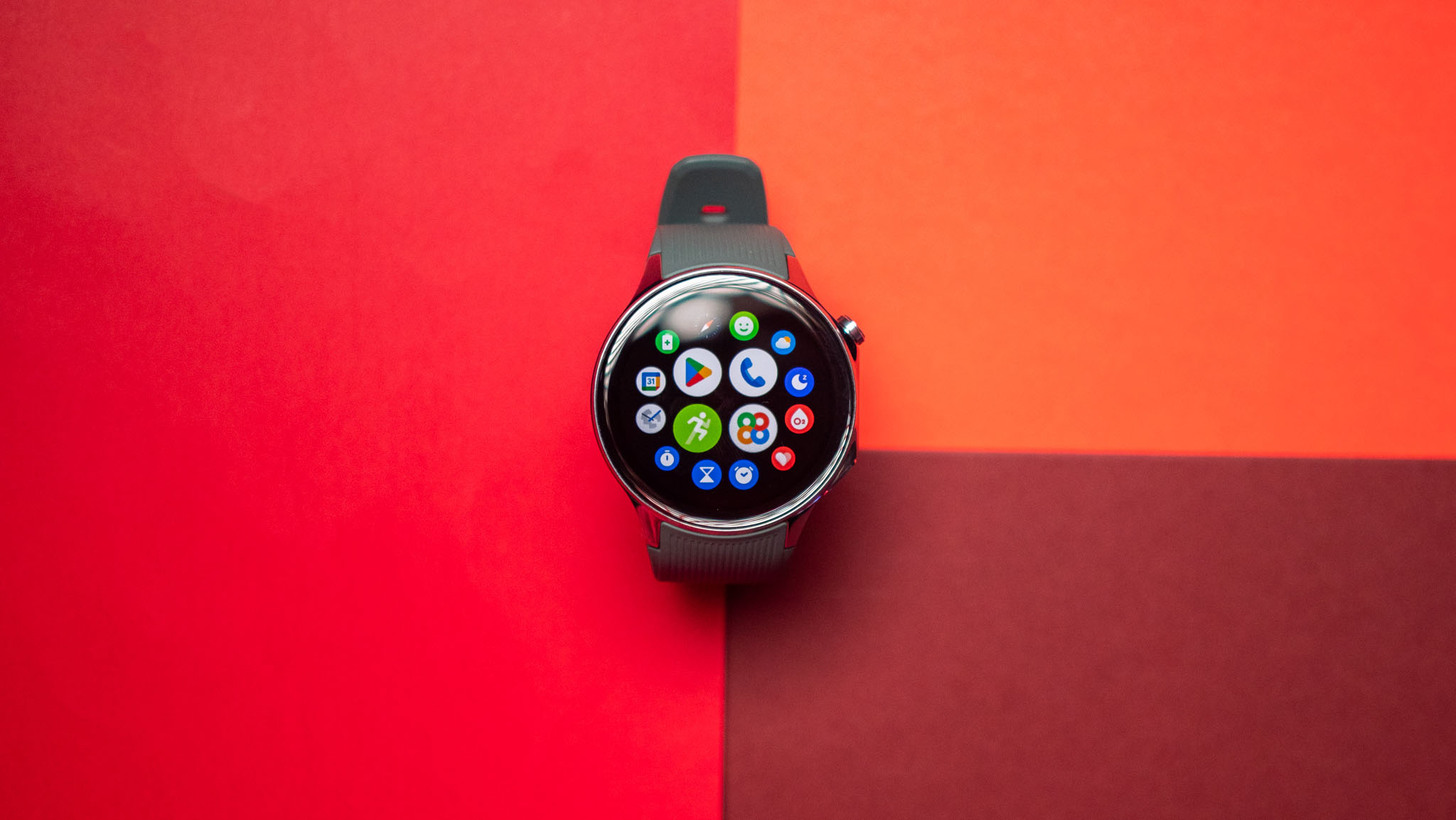
In just a week of use, I ran into a lot of issues on the OnePlus Watch 2. OnePlus dug itself into a corner by being overly ambitious with its dual-OS system, and it needlessly makes things complicated.

Let's start with the notifications. The smartwatch mostly does a good job mirroring notifications to your wrist, but there were several instances in the past week where I would get a buzz from an incoming notification, but it wouldn't actually show the notification — I had to pull up my phone instead to see the message.

I use DND on my phone throughout the day as I don't like getting disturbed while writing, but I turned it off as I was testing the watch and needed to see incoming notifications. But I still have my usual DND schedule that kicks in at night, and on all other Wear OS watches I tested, the schedule was automatically set to what I have on my phone. But the Watch 2 fails at this, so I had notifications buzzing on my wrist even after my phone went into DND — I had to manually toggle DND on the smartwatch.
In a similar vein, the watch doesn't enter sleep mode by default, and I recount three instances in the last week where I got up because the screen lit up in the middle of the night. This is a feature that most other smartwatches offer as standard, so I don't know why OnePlus has so many issues getting the basics right. Before you ask, there is no way to set a bedtime schedule on OHealth, so I resorted to manually switching on sleep mode at night.
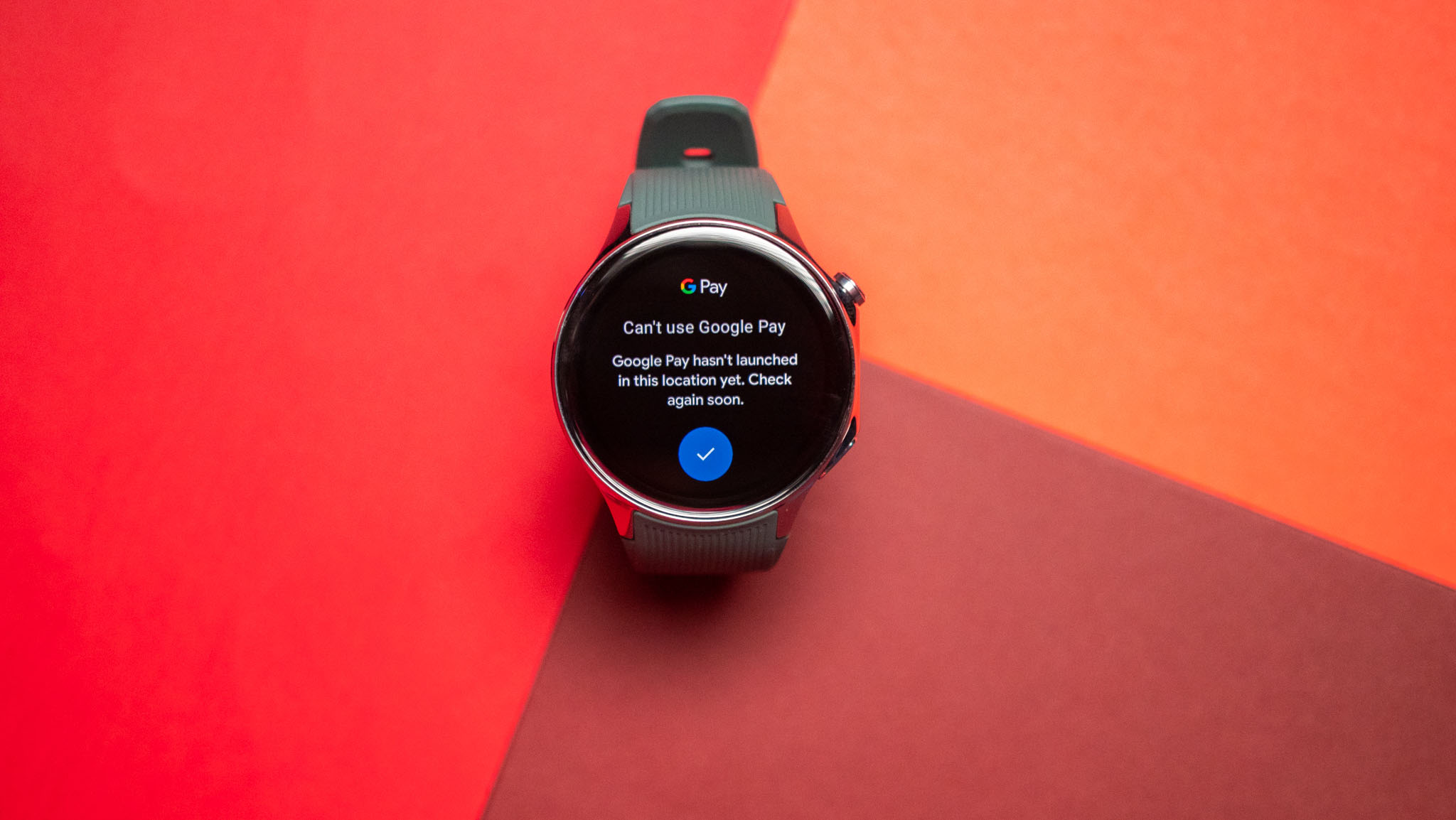
The smartwatch went into hibernation mode one night, and had to be restarted to enable Smart mode again. There's NFC here, so Google Pay should technically work in all markets, but it isn't available in India, so I wasn't able to use the watch to make payments.
It would have just been easier if OnePlus just went with Wear OS on the Watch 2. There was no reason to reinvent the wheel, and by chasing outlandish battery life gains, it made things convoluted to the point where basic things don't work reliably.
OnePlus Watch 2: Battery life

OnePlus wanted to deliver a wearable with the best battery life, and the Watch 2 is touted to last 100 hours between charges in Smart mode. That's more than four days, but in real-world use with the always-on mode enabled, I got just under three days of use before I had to charge the smartwatch.
That's still better than every other smartwatch, and it's just great to be able to go over two days without having to charge a watch. Switching to the Power Saver mode boosts that figure to seven days, but it isn't worth the hassle as you miss out on most of the features.
The watch uses a custom charging standard and has four pogo pins at the back, but the upside is that it has 7.5W VOOC charging; it takes just over an hour to fully charge the 500mAh battery.
OnePlus Watch 2: Fitness and health monitoring
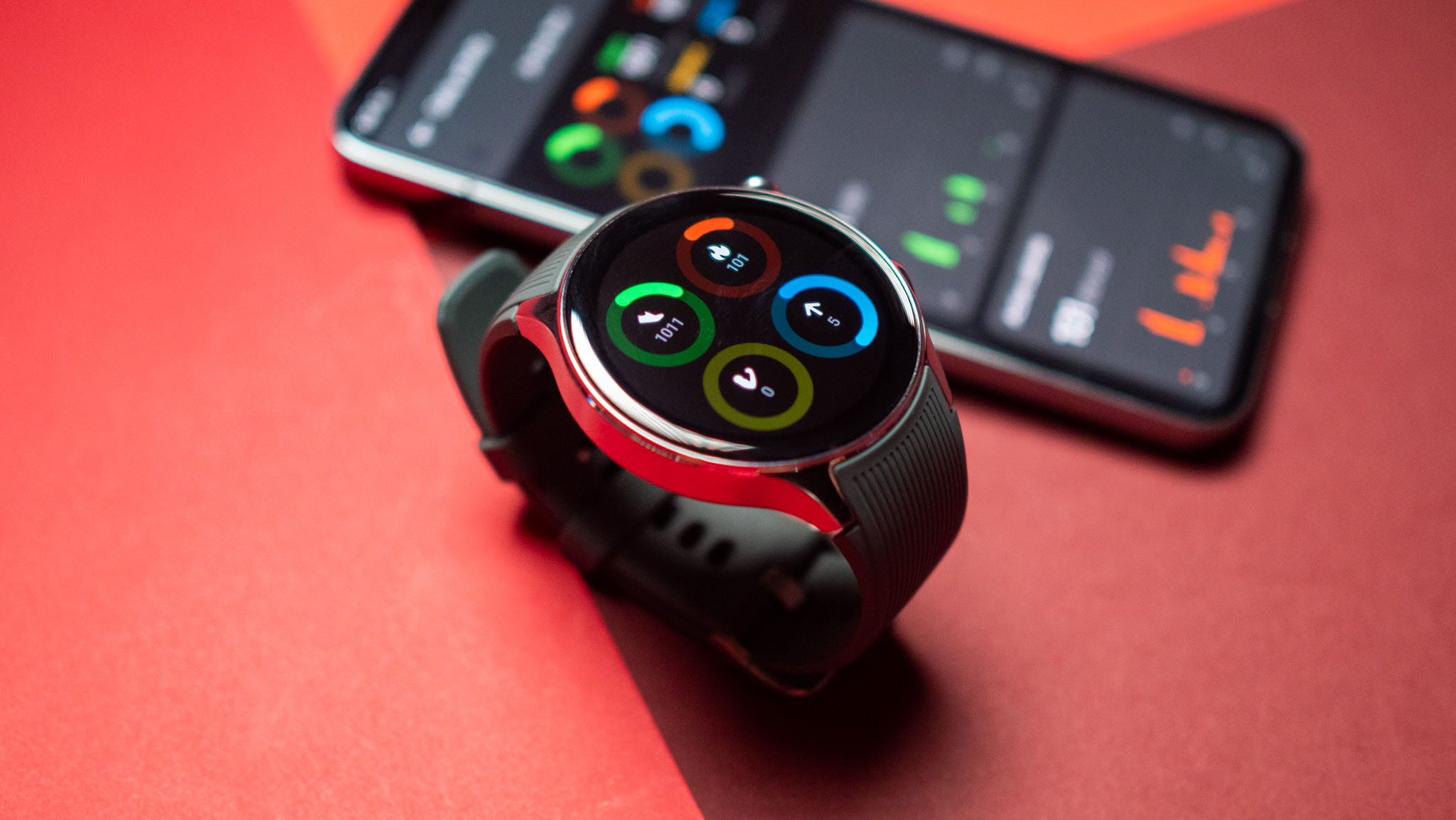
Activity monitoring is one of the biggest reasons for getting a smartwatch, and this is where things go south for the OnePlus Watch 2. The smartwatch just isn't reliable at daily step counts or activity tracking, and this could be down to the fact that it's the RTOS chip that's handling sensor logging.
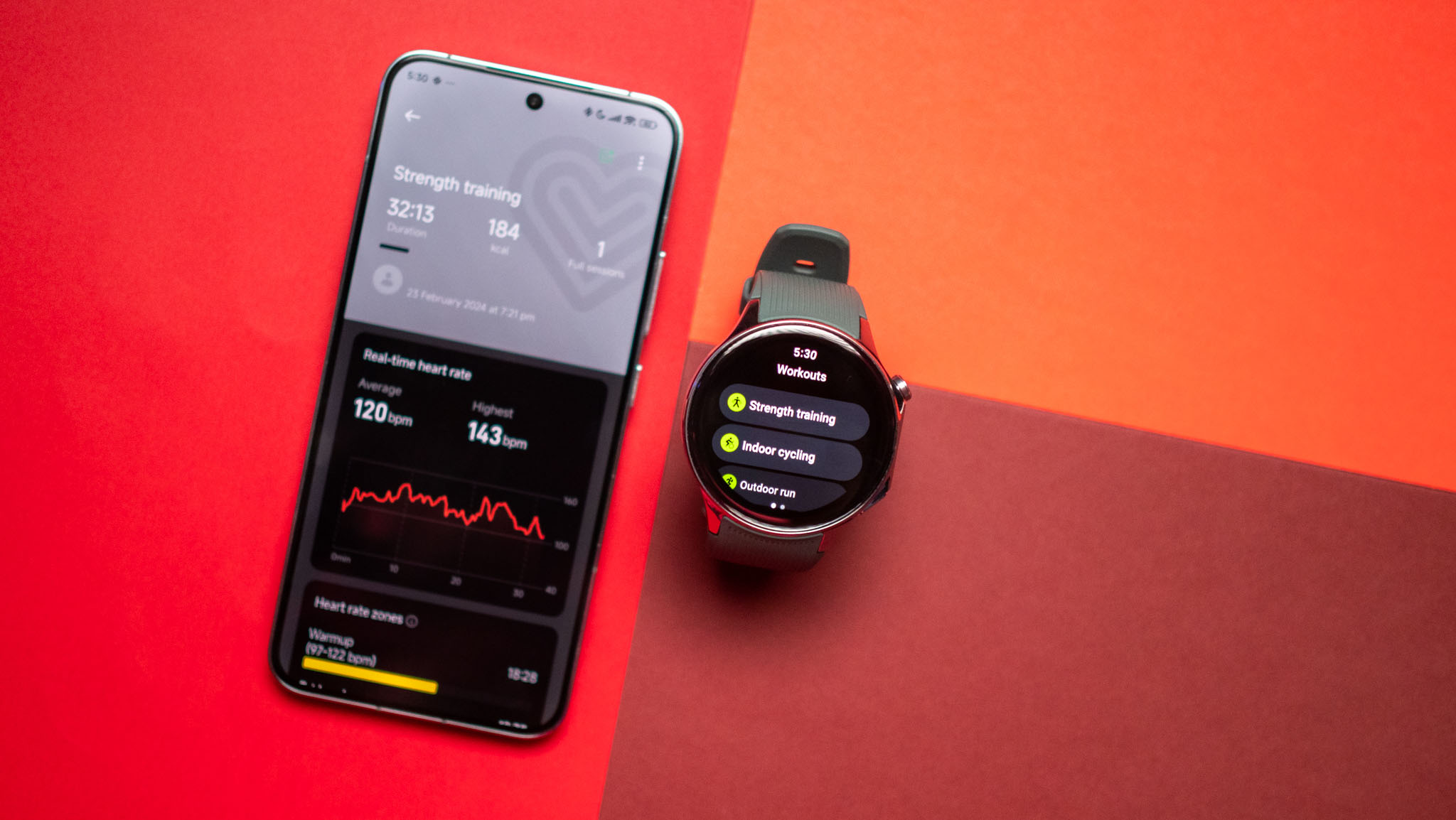
Let's start with workouts. I use the Series 9 to monitor workout data, and the Watch 2 was off by a margin of 15% at measuring calories burned, and what's particularly annoying is that it is inconsistent across workouts. It doesn't log daily activity correctly as well, and there were instances this week where it counted four hours of activity toward my hourly stand goal while I was in bed. To be fair, other smartwatches do this too, but not to that extent, and nowhere as consistently.
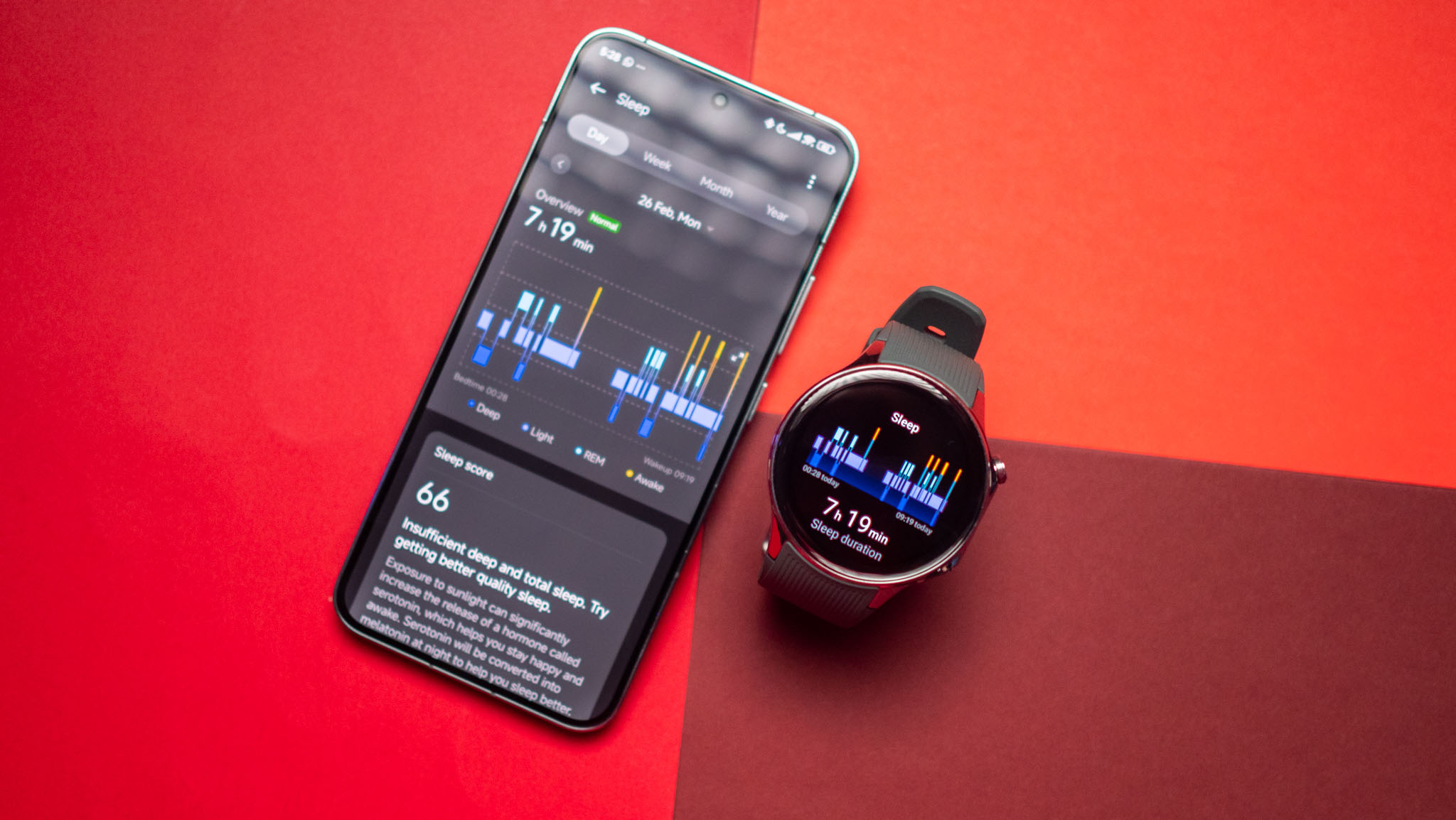
Sleep metrics are off as well, with the Watch 2 logging a lower percentage of time in deep sleep. It is good at measuring any naps taken during the day, but I wouldn't put much stock into the detailed insights it offers.
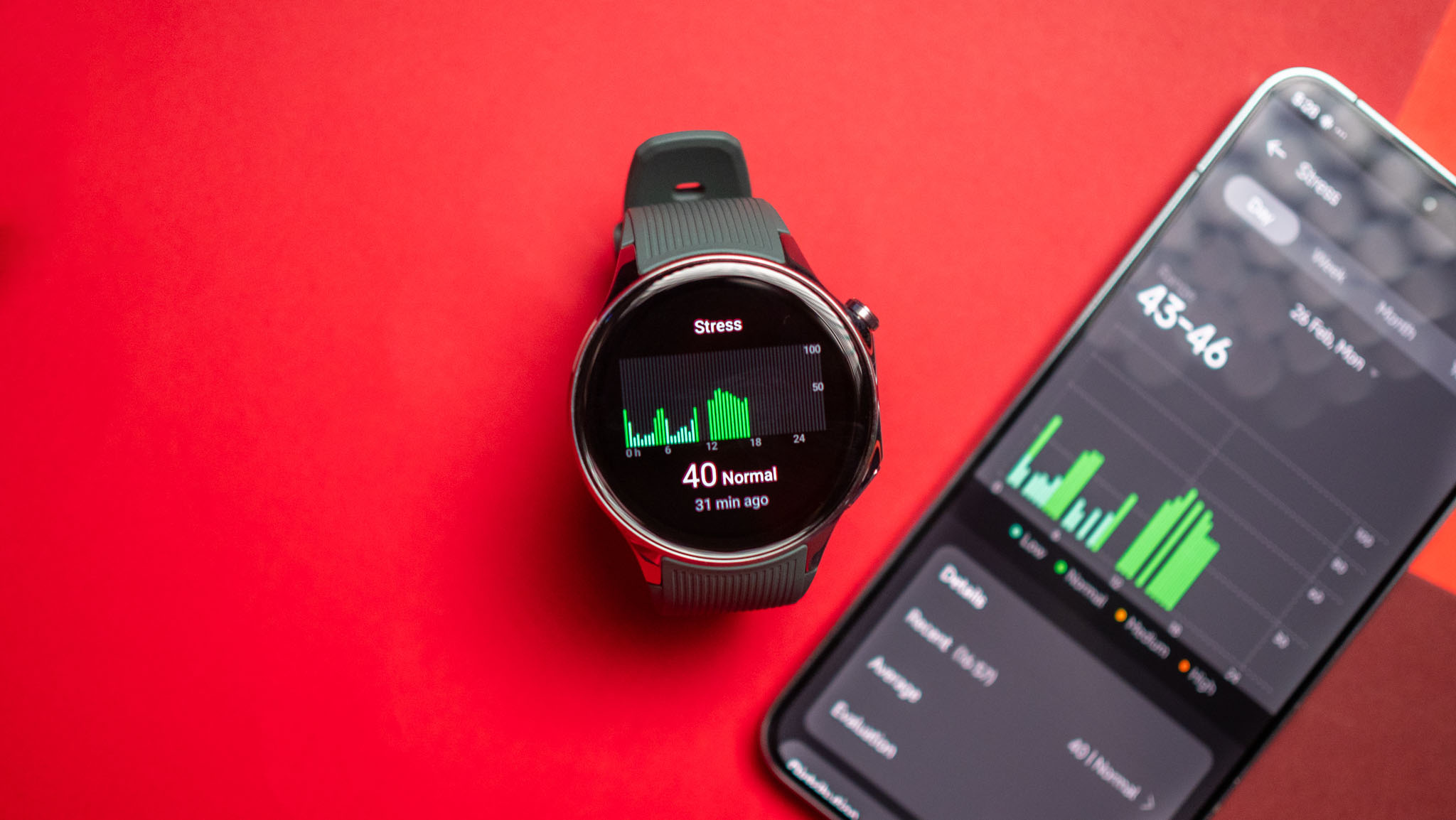
The Watch 2 also logs stress, and this feature is hilariously bad. I had higher stress levels than usual in the last three days because of the number of embargoed reviews I was doing, but it said my average was 37 out of 100, and that's plain wrong.
The only useful feature is dual-band GPS, and it does a good job plotting your running or walking course. But for any measurable activity or health metrics, the Watch 2 just doesn't pass muster.
OnePlus Watch 2: The competition

The Pixel Watch 2 continues to set the standard for Wear OS, and it costs just $50 more than the OnePlus Watch 2 in North America. You also get an LTE-enabled version, the watch is noticeably smaller and looks that much more elegant, and it has all the features you could ask for. The battery doesn't last as long as what OnePlus is offering, but you get a polished design and better customizability.
And if you just need a value-focused Wear OS smartwatch, Xiaomi has you covered. The Watch 2 Pro costs €269 ($291), and you get the same 1.43-inch screen, a rotating crown that actually works, and the Snapdragon W5+ platform with 2GB of RAM and 32GB of storage. The battery only lasts a day and a half, so you miss out in that area.
OnePlus Watch 2: Should you buy it?
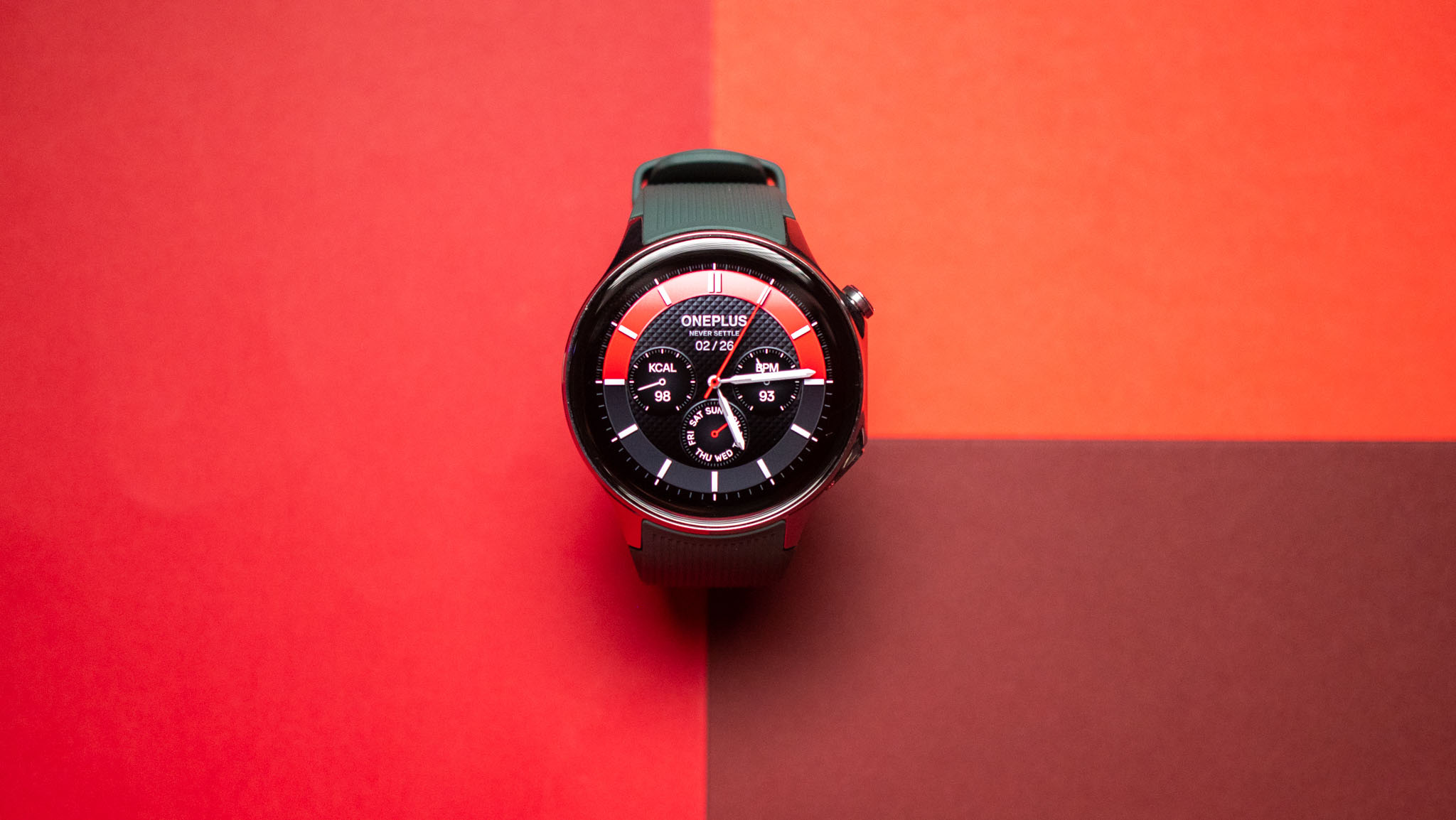
You should buy this if:
- You need a smartwatch with the best battery life
- You want a premium design
- You need a large AMOLED screen
- You're looking for dual-band GPS
- You want the convenience of Wear OS
You shouldn't buy this if:
- You want hassle-free software
- You need accurate activity tracking
- You want a smartwatch with cellular connectivity
I was initially excited about the Watch 2's dual-OS architecture, and although it leads to class-leading battery life, it is riddled with issues. Ultimately, OnePlus should have just stuck with Wear OS, because by trying to integrate Google's wearable platform with RTOS, it made a smartwatch that doesn't as good a job at either.
While I don't like RTOS in general, I will admit that the smartwatch gets a lot right in other areas. The design is elegant, the screen gets very bright outdoors, and the interface is fluid. You are getting a good value as well, and the battery life is better than every other smartwatch available today.
The OnePlus Watch was the worst wearable I ever used, and while the Watch 2 isn't short of software foibles, it is immeasurably better than its predecessor — this is a watch that you can actually use reliably.
And if you want a smartwatch that actually lasts three days between charges, there really isn't anything better.

Harish Jonnalagadda is Android Central's Senior Editor overseeing mobile coverage. In his current role, he leads the site's coverage of Chinese phone brands, networking products, and AV gear. He has been testing phones for over a decade, and has extensive experience in mobile hardware and the global semiconductor industry. Contact him on Twitter at @chunkynerd.
You must confirm your public display name before commenting
Please logout and then login again, you will then be prompted to enter your display name.

